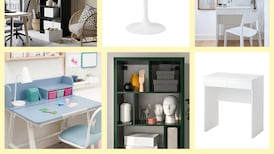Nikolai Burkart knew that his plan for a passive house development in Connemara had succeeded, when he stood in one of the houses on a grey winter’s day.
“We were in the house in January, and it was wet, windy, maybe eight degrees outside and inside the house was over 20 degrees,” he recalls. “It was amazingly warm.”
The German businessman and entrepreneur recently completed a development of four four-bedroomed houses overlooking the Atlantic Ocean at Furbo in the Galway Gaeltacht. It is called Radharc na Chaoláire, or the view of the narrowing of the bay, which is how generations of local seafarers describe that part of the bay which stretches across to the Burren.
“I spent my youth in the west of Ireland, so I know Ireland very well,” he says. It was fishing that originally drew the Burkart family to Connemara, and after they purchased Screebe House, a fishing lodge in Camus Bay, he spent most of the 1980s there. He returned frequently as it was being renovated into a luxurious country house and spa.
READ MORE
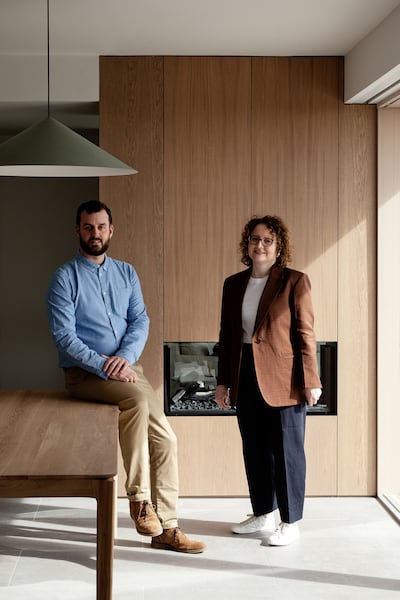
When it came to the Furbo project, he noted the price of property in Dublin, compared with the west coast, and spotted an opportunity. “We thought if we could build something innovative in the sense of low energy consumption, ie, a passive house, in a beautiful location overlooking the sea, it could be a good long-term investment,” he says.
He wanted to test his belief that, when the best design and building materials are combined with alternative energy, “you can basically run a house in the west of Ireland without any fossil energy consumption”.
Burkart bought the site with planning permission for four houses and began working with Galway-based architect Helena McElmeel to turn it into a more environmentally friendly development.
Like him, the award-winning architect is a passionate advocate for passive house design. She worked on her first passive house ten years ago and now incorporates passive house principles in all her designs, positioning houses to make the best use of sunshine and shading, introducing very high levels of insulation and ensuring that homes are airtight so that energy use is as low as possible.
Heat recovery units use the heat generated in the home from cooking and other activities to warm incoming air. These measures, and more, combine to ensure that a passive house uses only one tenth of the energy consumed by an average house.
Their plan to tweak the existing design to produce passive houses gave Burkart a crash course in Irish planning laws. “The rules in building are not really helpful to achieve change because there is a lot of red tape,” he says.
If you build in Switzerland or Austria the build cost per square metre would be the same
But they persevered and produced four A1-rated passive houses in a spectacular setting. McElmeel’s design makes the most of the views across Galway Bay with large windows at the rear of houses and smaller windows overlooking the front garden and road to the north.
“We reviewed the site layout to create an arc shape so that every house had a direct view and connection with the sea,” she says. The generous gardens at the rear of the houses, which run down to the coast, were planted with wild flower meadows and native hedging.
While the house design is contemporary, she was keen to introduce traditional features seen in older buildings in Connemara, such as the simple roof edges, and the use of roughly coursed stone in the walls. She introduced a local stone with a pinkish hue, which was difficult to work with, but worth it, she says, as it is very distinctive to Connemara.
Stone cleared from the site was used to build the boundary walls in the traditional method. Most of the construction team, led by Noel Mannion, were from the area and had years of experience working with local stone.
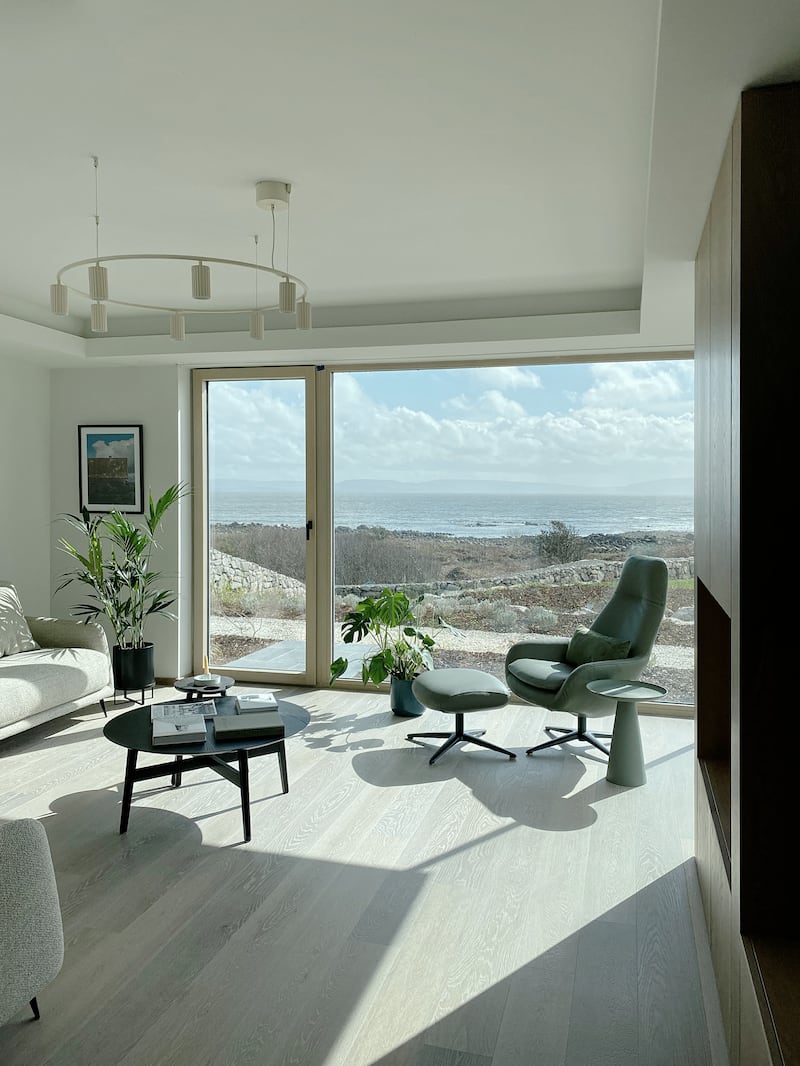
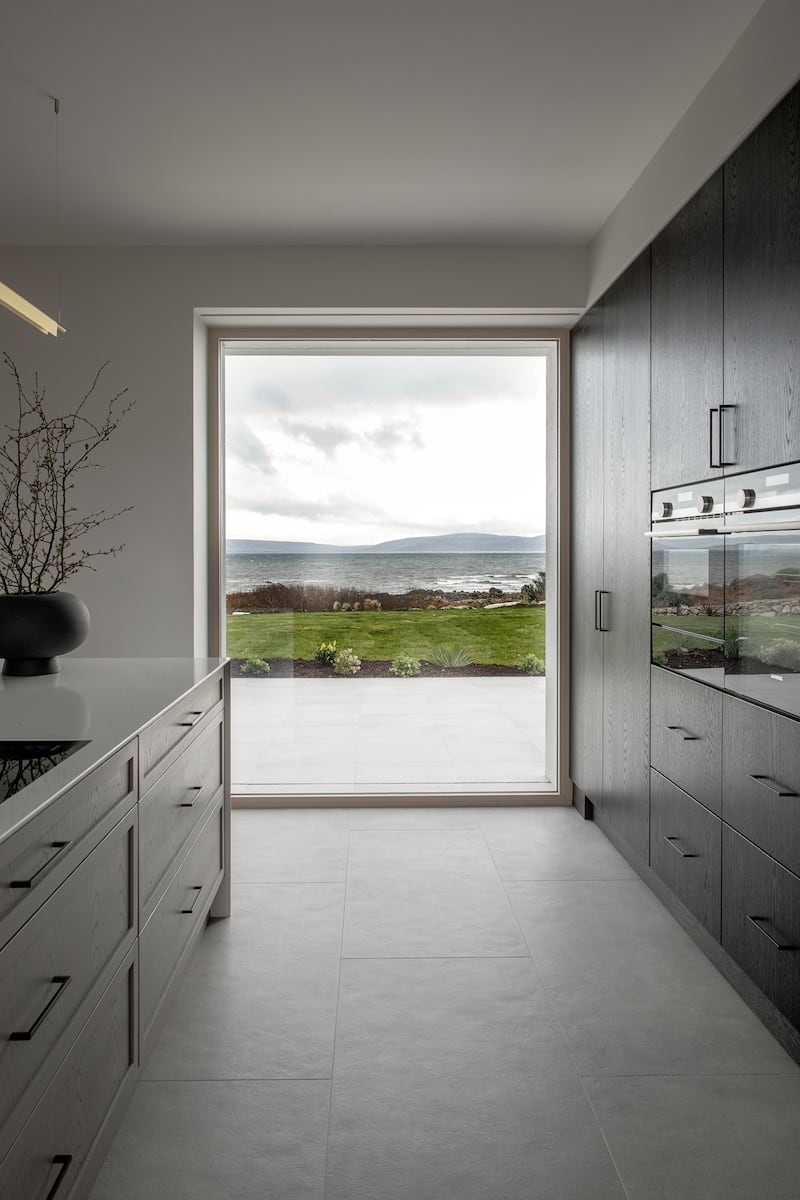
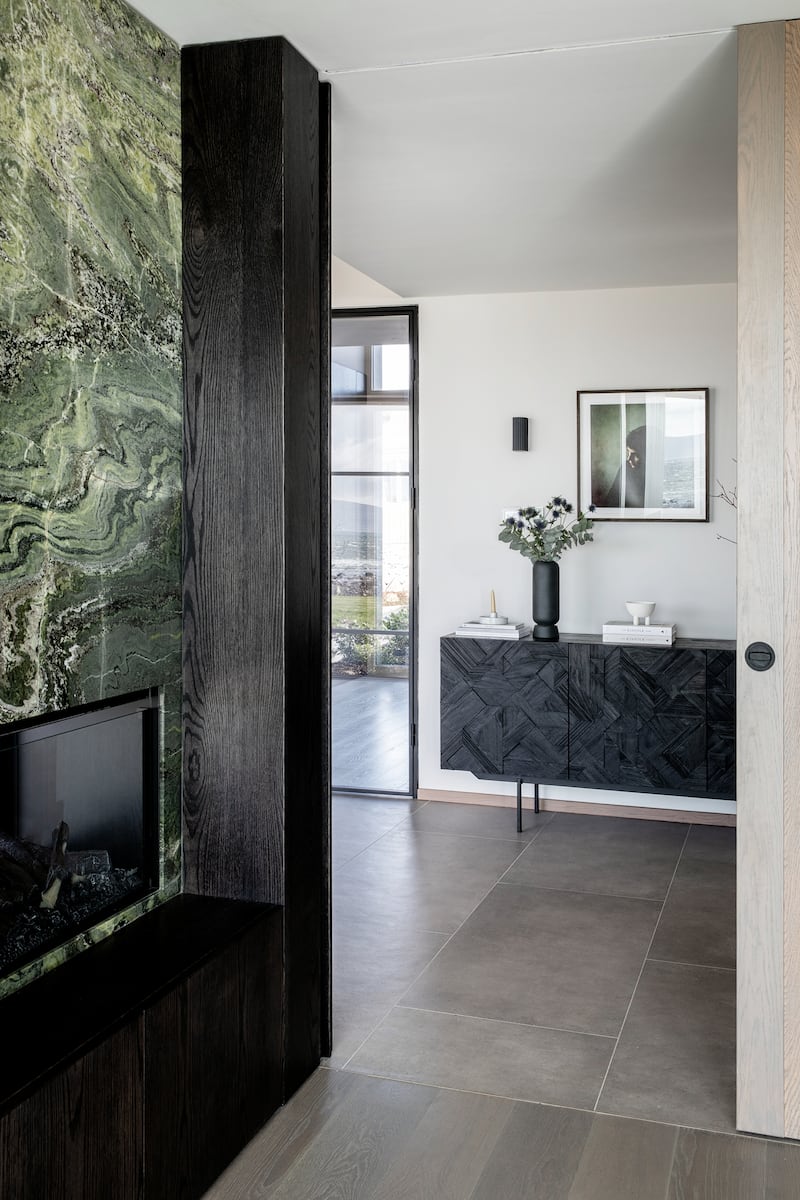
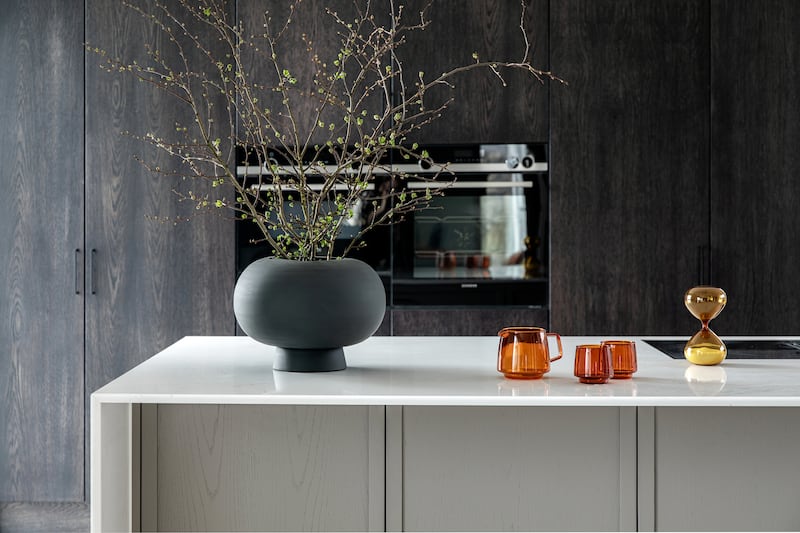
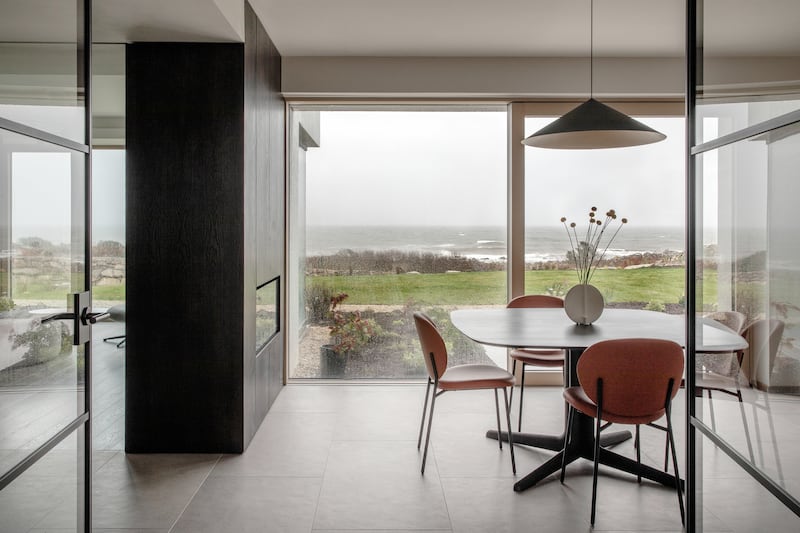
Burkart was keen to use Connemara marble in the houses and it shows up in the modern fireplaces of all the houses, but no two pieces are the same. “It was a treat to get to use it because it is a lovely material,” McElmeel says.
The four houses come in two designs: a light palate which gives a relaxed coastal vibe, and a darker palate with stained wood and brass fittings which feels more sophisticated. Every house is different in terms of furniture and colour selection, but they all have generous room sizes, extra high custom-made doors, and vaulted ceilings in the bedrooms. Casla-based AMC Kitchens and Bedrooms provided the kitchens and fitted furniture.
Of the 16 bedrooms in the development, 14 have large picture windows looking out to the ocean. No opportunity to showcase the views is missed in these homes. “When you walk into each house, there is a set of glass doors in front of you which frame the view outside,” McElmeel says. “Even when it’s stormy or angry outside, it’s still really impressive. You find yourself distracted by it.” But thanks to the triple-glazed windows, no one’s sleep will be distracted by the sound of gale-force winds and rain.
This wasn’t Burkart’s first experience of passive house design. He upgraded his home in Majorca a few years ago and was delighted with the results. “I have basically no electricity bill and I run two cars – electric cars – which for an island like Majorca are perfect. We have no fossil consumption at all, and I think this is the right way to go to combine a passive house with alternative energies.”
The Furbo development does not have solar panels but if they were added, McElmeel says it’s feasible that the houses would be self-sufficient regarding their energy needs. She says two of the houses comfortably meet the 2030 Climate Change targets for energy use drawn up by the Royal Institute of Architects in Ireland. The other two are within the 10 per cent margin of the target.
With three of the houses now occupied by tenants and the fourth ready for renting (currently listed at €5,500 a month on Daft.ie), his attention has turned to the second phase, which involves town house type apartments closer to the centre of the village. It is still in the planning process.
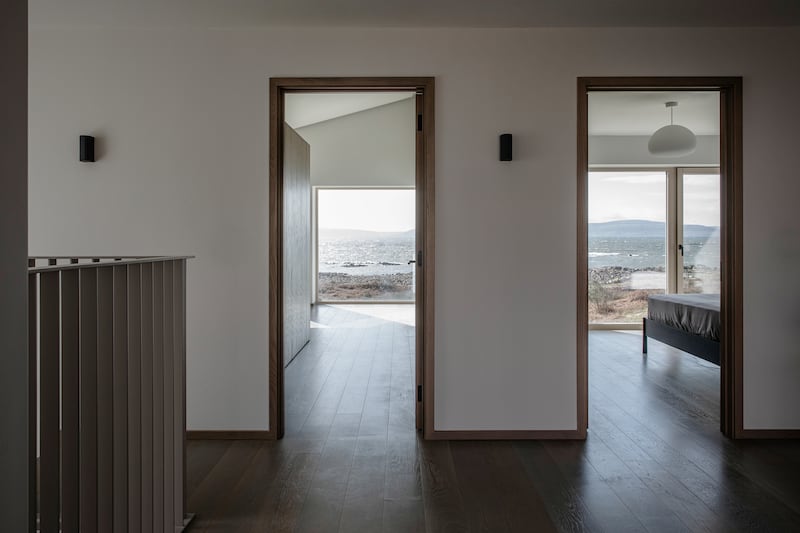
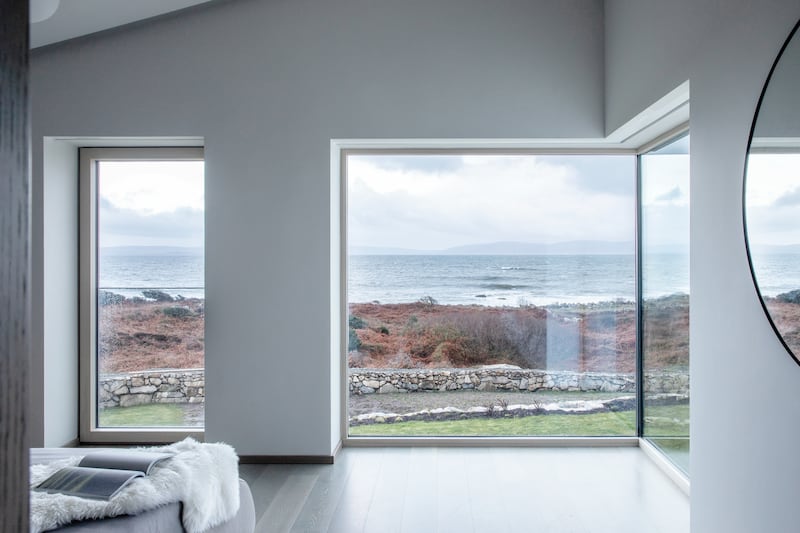
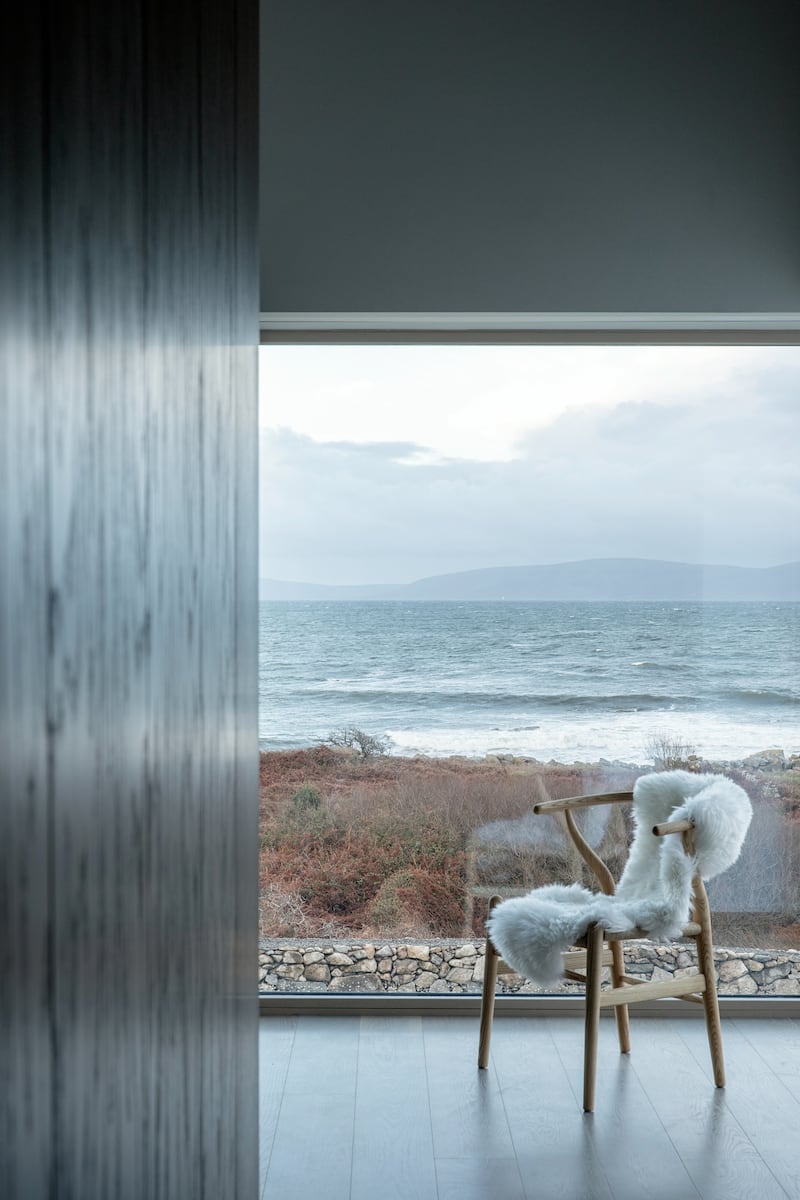
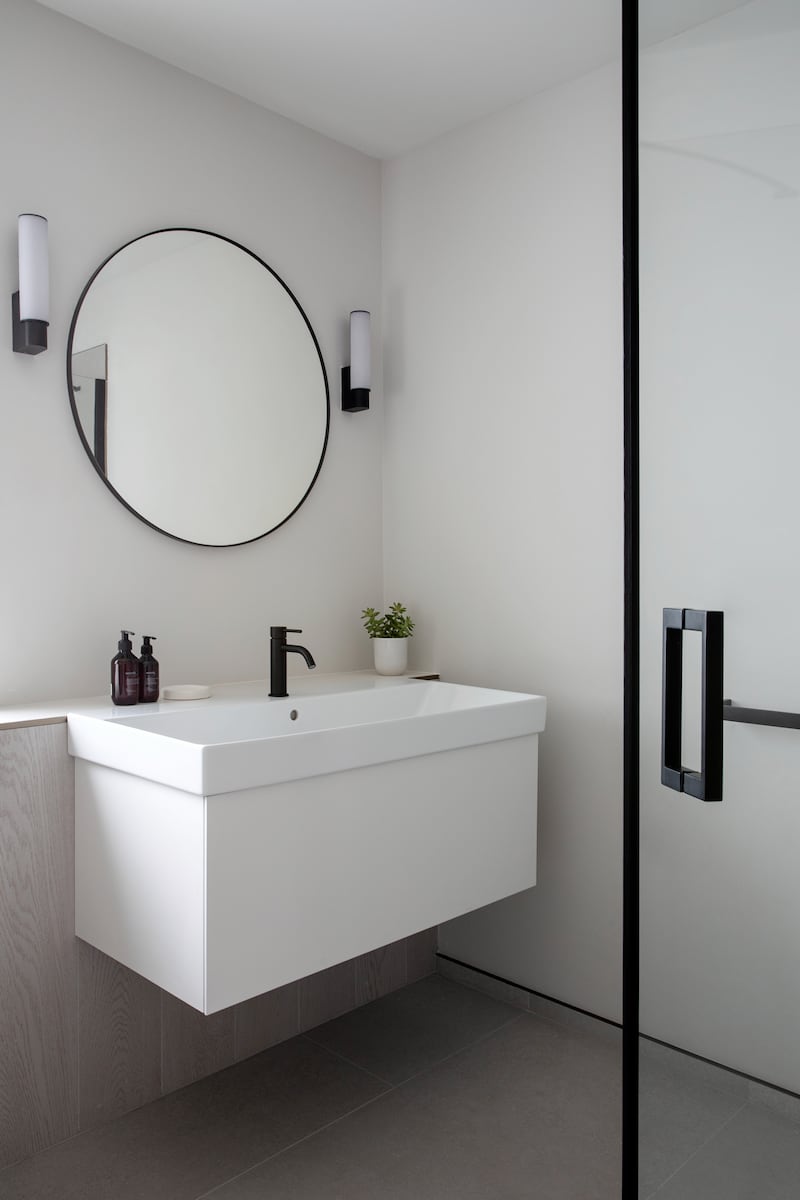
Asked if the first phase went according to plan, Burkart laughs. “It never turns out according to plan, life is always full of surprises,” he says.
The project started in late-2019 but Covid-19 intervened. “On the financial side we had a good cost overshoot – certainly Covid was partly to blame for it,” he says. Other factors included the upgrading of materials as the work went along, which resulted in four very high specification houses.
The four houses cost around €6 million – about double the initial projected cost, he says. “It’s expensive to build in this quality but it need not be so expensive. If you look at the build cost per square metre, it’s high but it’s not exceptionally high. If you build in Switzerland or Austria the build cost per square metre would be the same.”
[ How to create a weatherproof outdoor kitchenOpens in new window ]
He is passionate about the potential for passive houses and is always on the lookout for new innovations. He is currently excited by the potential of Polish-designed wind panels, which serve as a fence while generating power. The development comes too late for Radharc na Chaoláire, but he is very happy that the project delivered on its promise. “If we would have had the chance to have a clean sheet approach, they would be even more beautiful,” he says.
“But I am very happy with the finished product, the local stones, the good materials. I love these houses, they’re beautiful, the location, the view of the sea, the Aran Islands, the Cliffs of Moher, it’s a spectacular setting and I love it.”








